-
EXECUTIVE SUMMARY
-
MARKET INTRODUCTION
-
Market Definition
-
Scope of the Study
- Research Objectives
- Assumptions & Limitations
-
Market Structure
-
MARKET RESEARCH METHODOLOGY
-
Research Process
-
Secondary Research
-
Primary Research
-
Forecast Model
-
MARKET LANDSCAPE
-
Supply Chain Analysis
- Raw Material Suppliers
- Manufacturers/Producers
- Distributors/Retailers/Wholesalers/E-Commerce
-
Porter’s Five Forces Analysis
- Threat of New Entrants
- Bargaining Power of Buyers
- Bargaining Power of Suppliers
- Threat of Substitutes
- Intensity of Rivalry
-
Impact of COVID-19 Outbreak on the Global Sodium Benzoate Market
- Impact on Production
- Impact on Supply Chain
- Impact on Application Areas
- Others
-
MARKET DYNAMICS OF THE GLOBAL SODIUM BENZOATE MARKET
-
Introduction
-
Drivers
-
Restraints
-
Opportunities
-
Challenges
-
GLOBAL SODIUM BENZOATE MARKET, BY FORM
-
Introduction
-
Dry
- Market Estimates & Forecast, 2021–2028
- Market Estimates & Forecast, by Region, 2021–2028
-
Liquid
- Market Estimates & Forecast, 2021–2028
- Market Estimates & Forecast, by Region, 2021–2028
-
GLOBAL SODIUM BENZOATE MARKET, BY APPLICATION
-
Introduction
-
Beverage
- Market Estimates & Forecast, 2021–2028
- Market Estimates & Forecast, by Region, 2021–2028
-
Food
- Market Estimates & Forecast, 2021–2028
- Market Estimates & Forecast, by Region, 2021–2028
-
Pharmaceuticals
- Market Estimates & Forecast, 2021–2028
- Market Estimates & Forecast, by Region, 2021–2028
-
Personal Care
- Market Estimates & Forecast, 2021–2028
- Market Estimates & Forecast, by Region, 2021–2028
-
Others
- Market Estimates & Forecast, 2021–2028
- Market Estimates & Forecast, by Region, 2021–2028
-
GLOBAL SODIUM BENZOATEMARKET, BY REGION
-
Introduction
-
North America
- Market Estimates & Forecast, 2021–2028
- Market Estimates & Forecast, By Form, 2021–2028
- Market Estimates & Forecast, By Application,2021–2028
- Market Estimates & Forecast, by Country, 2021–2028
- US
- Canada
- Mexico
-
Europe
- Market Estimates & Forecast, 2021–2028
- Market Estimates & Forecast, By Form, 2021–2028
- Market Estimates & Forecast, By Application,2021–2028
- Market Estimates & Forecast, by Country, 2021–2028
- Germany
- UK
- France
- Spain
- Italy
- Rest of Europe
-
Asia-Pacific
- Market Estimates & Forecast, 2021–2028
- Market Estimates & Forecast, By Form, 2021–2028
- Market Estimates & Forecast, By Application,2021–2028
- Market Estimates & Forecast, by Country, 2021–2028
- China
- Japan
- India
- Australia & New Zealand
- Rest of Asia-Pacific
-
Rest of the World
- Market Estimates & Forecast, 2021–2028
- Market Estimates & Forecast, By Form, 2021–2028
- Market Estimates & Forecast, By Application,2021–2028
- Market Estimates & Forecast, by Country, 2021–2028
- South America
- Middle East
- Africa
-
COMPETITIVE LANDSCAPE
-
Introduction
-
Market Strategy
-
Key Development Analysis
-
(Expansions/Mergers & Acquisitions/Joint Ventures/New Product Developments/Agreements/Investments)
-
COMPANY PROFILES
-
Linuo Europe GmbH
- Company Overview
- Financial Updates
- Product/Business Segment Overview
- Key Strategies
- Key Developments
- SWOT Analysis
-
DuPont de Nemours Company
- Company Overview
- Financial Updates
- Product/Business Segment Overview
- Key Strategies
- Key Developments
- SWOT Analysis
-
A.M. Food Chemical Co. Limited
- Company Overview
- Financial Updates
- Product/Business Segment Overview
- Key Strategies
- Key Developments
- SWOT Analysis
-
Tulstar Products Inc.
- Company Overview
- Financial Updates
- Product/Business Segment Overview
- Key Strategies
- Key Developments
- SWOT Analysis
-
Emerald Performance Materials LLC.
- Company Overview
- Financial Updates
- Product/Business Segment Overview
- Key Strategies
- Key Developments
- SWOT Analysis
-
Foodchem International Corporation
- Company Overview
- Financial Updates
- Product/Business Segment Overview
- Key Strategies
- Key Developments
- SWOT Analysis
-
Hugestone enterprise co. Ltd.
- Company Overview
- Financial Updates
- Product/Business Segment Overview
- Key Strategies
- Key Developments
- SWOT Analysis
-
Grenkem
- Company Overview
- Financial Updates
- Product/Business Segment Overview
- Key Strategies
- Key Developments
- SWOT Analysis
-
Merck KGaA
- Company Overview
- Financial Updates
- Product/Business Segment Overview
- Key Strategies
- Key Developments
- SWOT Analysis
-
Avantor inc.
- Company Overview
- Financial Updates
- Product/Business Segment Overview
- Key Strategies
- Key Developments
- SWOT Analysis
-
CONCLUSION
-
-
LIST OF TABLES
-
Global Sodium BenzoateMarket, by Region, 2022–2030 (USD Million)
-
Global Sodium Benzoate Market, by Form, 2022–2030 (USD Million)
-
Global Sodium Benzoate Market, by Application,2022–2030 (USD Million)
-
North America: Sodium BenzoateMarket, by Country, 2022–2030 (USD Million)
-
North America: Sodium Benzoate Market, by Form, 2022–2030 (USD Million)
-
TABLE 6North America: Sodium Benzoate Market, by Application,2022–2030 (USD Million)
-
US: Sodium Benzoate Market, by Form, 2022–2030 (USD Million)
-
US: Sodium Benzoate Market, by Application,2022–2030 (USD Million)
-
Canada: Sodium Benzoate Market, by Form, 2022–2030 (USD Million)
-
Canada: Sodium Benzoate Market, by Application,2022–2030 (USD Million)
-
Mexico: Sodium Benzoate Market, by Form, 2022–2030 (USD Million)
-
Mexico: Sodium Benzoate Market, by Application,2022–2030 (USD Million)
-
Europe: Sodium BenzoateMarket, by Country, 2022–2030 (USD Million)
-
Europe: Sodium Benzoate Market, by Form, 2022–2030 (USD Million)
-
Europe: Sodium Benzoate Market, by Application,2022–2030 (USD Million)
-
Germany: Sodium Benzoate Market, by Form, 2022–2030 (USD Million)
-
Germany: Sodium Benzoate Market, by Application,2022–2030 (USD Million)
-
France: Sodium Benzoate Market, by Form, 2022–2030 (USD Million)
-
France: Sodium Benzoate Market, by Application,2022–2030 (USD Million)
-
Italy: Sodium Benzoate Market, by Form, 2022–2030 (USD Million)
-
Italy: Sodium Benzoate Market, by Application,2022–2030 (USD Million)
-
Spain: Sodium Benzoate Market, by Form, 2022–2030 (USD Million)
-
Spain: Sodium Benzoate Market, by Application,2022–2030 (USD Million)
-
UK: Sodium Benzoate Market, by Form, 2022–2030 (USD Million)
-
UK: Sodium Benzoate Market, by Application,2022–2030 (USD Million)
-
Rest of Europe: Sodium Benzoate Market, by Form, 2022–2030 (USD Million)
-
Rest of Europe: Sodium Benzoate Market, by Application,2022–2030 (USD Million)
-
Asia-Pacific: Sodium BenzoateMarket, by Country, 2022–2030 (USD Million)
-
Asia-Pacific: Sodium Benzoate Market, by Form, 2022–2030 (USD Million)
-
Asia-Pacific: Sodium Benzoate Market, by Application,2022–2030 (USD Million)
-
China: Sodium Benzoate Market, by Form, 2022–2030 (USD Million)
-
China: Sodium Benzoate Market, by Application,2022–2030 (USD Million)
-
India: Sodium Benzoate Market, by Form, 2022–2030 (USD Million)
-
India: Sodium Benzoate Market, by Application,2022–2030 (USD Million)
-
Japan: Sodium Benzoate Market, by Form, 2022–2030 (USD Million)
-
Japan: Sodium Benzoate Market, by Application,2022–2030 (USD Million)
-
Rest of Asia-Pacific: Sodium Benzoate Market, by Form, 2022–2030 (USD Million)
-
Rest of Asia-Pacific: Sodium Benzoate Market, by Application,2022–2030 (USD Million)
-
Rest of the World (RoW): Sodium BenzoateMarket, by Region, 2022–2030 (USD Million)
-
Rest of the World (RoW): Sodium Benzoate Market, by Form, 2022–2030 (USD Million)
-
Rest of the World (RoW): Sodium Benzoate Market, by Application,2022–2030 (USD Million)
-
South America: Sodium Benzoate Market, by Form, 2022–2030 (USD Million)
-
South America: Sodium Benzoate Market, by Application,2022–2030 (USD Million)
-
Middle East: Sodium Benzoate Market, by Form, 2022–2030 (USD Million)
-
Middle East: Sodium Benzoate Market, by Application,2022–2030 (USD Million)
-
Africa: Sodium Benzoate Market, by Form, 2022–2030 (USD Million)
-
Africa: Sodium Benzoate Market, by Application,2022–2030 (USD Million)
-
-
LIST OF FIGURES
-
Global Sodium Benzoate Market Segmentation
-
Forecast Research Methodology
-
Porter’s Five Forces Analysis of the Global Sodium Benzoate Market
-
Value Chain of the Global Sodium Benzoate Market
-
Share of the Global Sodium Benzoate Market in 2020, by Country (%)
-
Global Sodium Benzoate Market, by Region, 2022–2030,
-
Global Sodium Benzoate Market Size, By Form, 2020
-
Share of the Global Sodium Benzoate Market, by Form, 2022–2030 (%)
-
Global Sodium Benzoate Market Size, By Application,2020
-
Share of the Global Sodium Benzoate Market, by Application,2022–2030 (%)
-
'

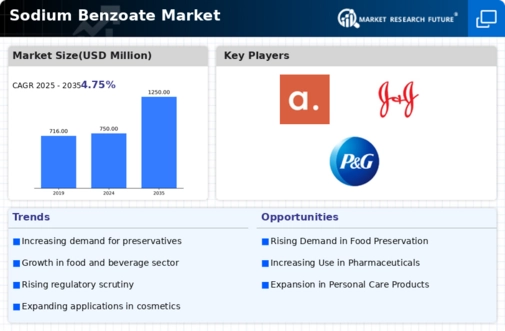

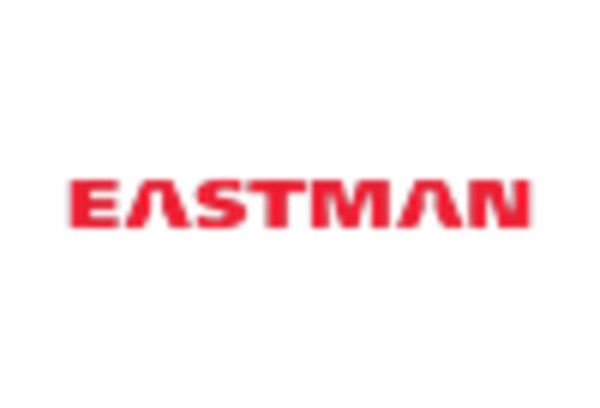
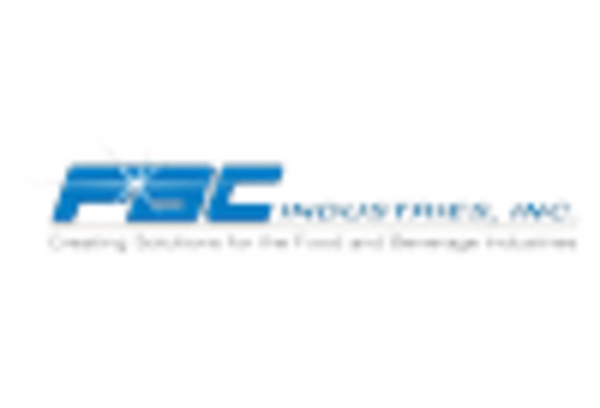
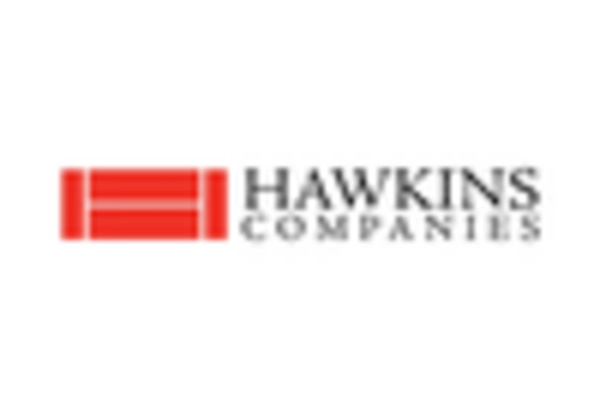
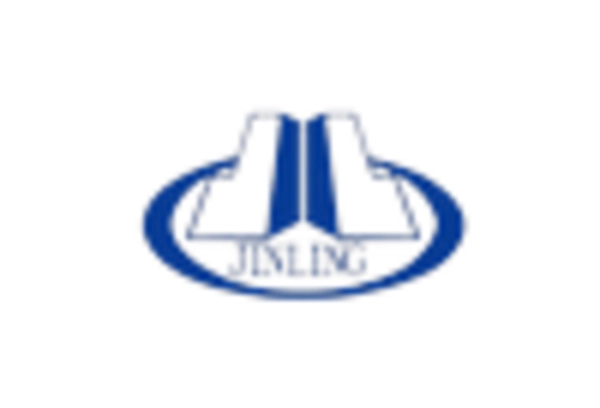
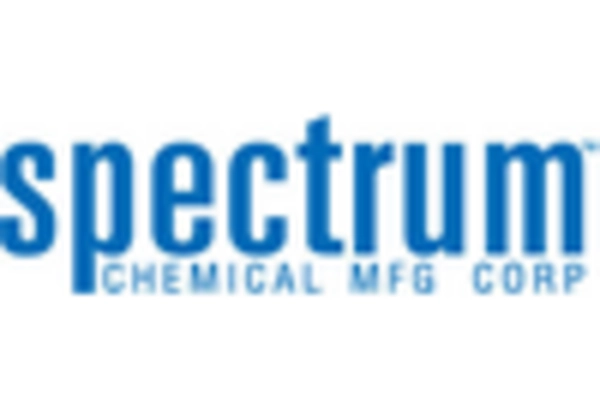









Leave a Comment